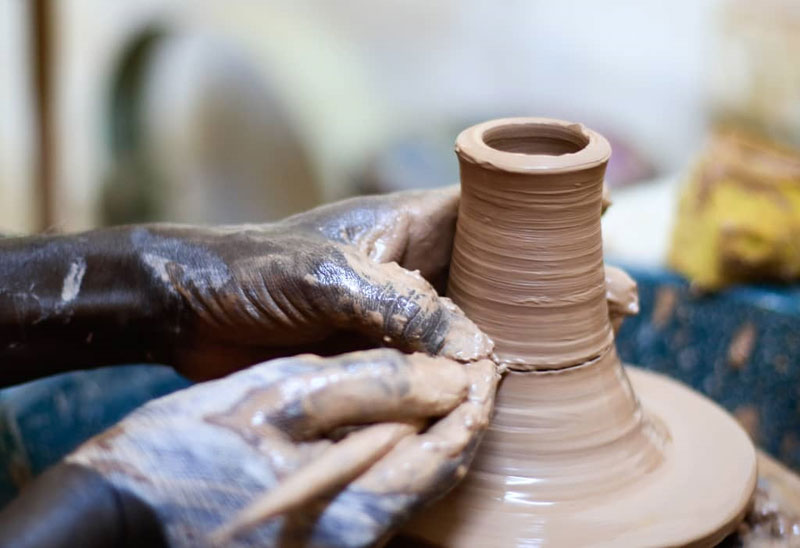Visual Documentation of Mycetoma in Sudan

With the honour of the Minister of Higher Education and Scientific Research and the presence of Professor Awad Saad Hassan, Vice-Chancellor of the Sudan University of Science and Technology, and Professor Ahmed Hassan Fahal, Director of the Mycetoma Research Center, the Mycetoma Center at the University of Khartoum, the World Health Organization Collaborating Centre on Mycetoma and the Ceramic Department of the College of Fine and Applied Arts at the University of Sudan inaugurated the scientific and practical workshop, which came under the title “Visual documentation of Mycetoma in Sudan” in the period in the 13th -22nd March 2012. The workshop was attended by a large number of professors, students and interested group.

Professor Intisar Saghiroun Al-Zein, the Minister of Higher Education and Scientific Research, expressed her happiness to participate in the workshop and believed in the necessity of linking arts in its various forms with different sciences in general and medical sciences in particular for its awareness and educational role about the dangers and damages of diseases, treatment methods and forms of prevention, and said “Arts communicate information better in multiple ways and in wider fields”, and what has been done Through the College of Arts, a beautiful and coherent achievement and work created great awareness and we hope that it will continue to benefit all sectors of society”.

Professor Awad Saad Hassan Aban because their window to society overlooks the corridors of arts, music and drama for their prominent role in singling out special, colourful and different spaces that draw awareness and illuminate the interior.
Furthermore, he said, The true service to society comes through accessing the doors of the arts in various areas that support the sectors of society and its bodies, whose aesthetic impact appears. Inside the houses, the centre of the dialogue and the countries. he announced the restoration of the lands of the Faculty of Fine and Applied Arts of the university, which will be constructed in a modern style that would make it a beacon for art colleges on the African continent and professional professors and graduates of the arts that you are proud of.

Professor Ahmed Hassan Fahal praised the smart partnership with higher education institutions, chief among them the University of Sudan and the College of Arts and harnessing science and arts to serve the community through artistic effort and creative work.

Dr Abdul-Rahman Abdullah Shanqal, Dean of the College of Fine and Applied Arts, welcomed the attendees and affirmed their adherence to linking people to their heritage and their artistic and material wealth, and said The college has enlightening and awareness roles in which we target all society and the college has special programs in the states that address its different classes and contribute precisely to forming opinions and consolidating values and legacies” and Shanqal expressed his happiness for support. What was promised by the Minister of Higher Education and Director of the Mycetoma Research Center to construct the buildings of the Faculty of Fine and Applied Arts in its new location.
Dr Lily Mukhtar, Head of the Ceramics Department, thanked the moral and material support for the workshop and said, “through the workshop, we aim to introduce the mycetoma disease and highlight the role of plastic art in raising awareness and education of the disease in Sudan while strengthening the social and moral support for the disease, and we target professors, graduates and students of the ceramic department.”

She explained that the workshop programs include applied and practical aspects of making ceramics related to the documentation of the disease, in addition to video lectures and educational documentary films, and indicated that, despite the capabilities, the work will continue in community education in an effective way to defeat mycetoma and all diseases, and she pointed to an integrated exhibition.

It is worth noting that the program reviewed documentary films that dealt with the causes and forms of mycetoma, wrong methods of treatment, correct treatment methods, the need for treatment by the doctor and under the supervision of health centres, in addition to the damages that occur to the patient when he is late in going for treatment.
